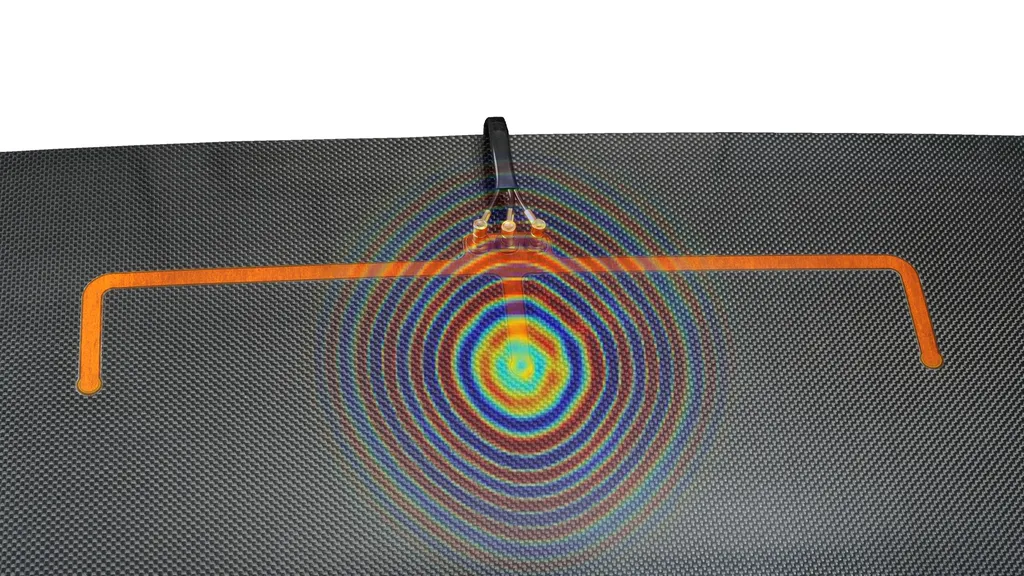In the ever-evolving landscape of construction and energy sectors, a groundbreaking development has emerged from the labs of the Institute of Mechanics and Adaptronics at Technische Universität Braunschweig, Germany. Researchers, led by Christiane Bremer, have pioneered a novel approach to structural monitoring and reinforcement using pultruded carbon fiber-reinforced polymer (CFRP) sensors. This innovation, detailed in a recent study published in ‘Composites Part C: Open Access’ (translated to ‘Composites Part C: Open Access’), promises to revolutionize the way we monitor and maintain critical infrastructure.
The research focuses on the intrinsic load monitoring capabilities of carbon fibers, which are electrically conductive and can measure strain through electrical resistance. By using CFRP parts instead of individual fibers, the team has achieved functional integration, enhancing structural stiffness while simultaneously monitoring load through strain measurement. This dual functionality is a significant leap forward in the field of structural health monitoring.
One of the key challenges addressed in this study is the nonlinear sensor characteristics that arise from using multiple rovings in sensors. The solution? The pultrusion process. This method produces straight, aligned fibers, resulting in excellent linearity and repeatability. As Bremer explains, “The pultrusion process ensures that our sensors maintain a high degree of accuracy and consistency, which is crucial for reliable strain measurement.”
The team manufactured sensors of varying thicknesses and compared them with commercially available CFRP rods. The results were promising: all sensors exhibited a sensitivity of approximately k=1.85 and demonstrated good linearity. “Our manufactured sensors performed on par with commercial ones, which is a testament to the effectiveness of our approach,” Bremer noted.
The practical applications of this technology are vast, particularly in the energy sector. Imagine wind turbines equipped with these sensors, capable of monitoring their own structural health in real-time, predicting maintenance needs, and preventing catastrophic failures. Similarly, pipelines and other critical infrastructure could benefit from this integrated monitoring system, ensuring safety and efficiency.
The researchers took their innovation a step further by integrating the sensors into glass fiber-reinforced polymer (GFRP) and subjecting them to three-point bending tests. While the sensors successfully stiffened the structure, strain measurements showed some error compared to traditional strain gauges. This indicates room for improvement, but the potential is undeniable.
As the energy sector continues to evolve, the need for smart, self-monitoring infrastructure becomes increasingly apparent. Bremer’s research offers a glimpse into a future where structures are not just built to last, but are also equipped with the intelligence to monitor and maintain themselves. This could lead to significant cost savings, improved safety, and enhanced efficiency across various industries.
In the words of Bremer, “This is just the beginning. The potential applications of our technology are vast, and we are excited to explore them further.” As we stand on the brink of this new era, one thing is clear: the future of structural monitoring is here, and it’s smarter than ever.

